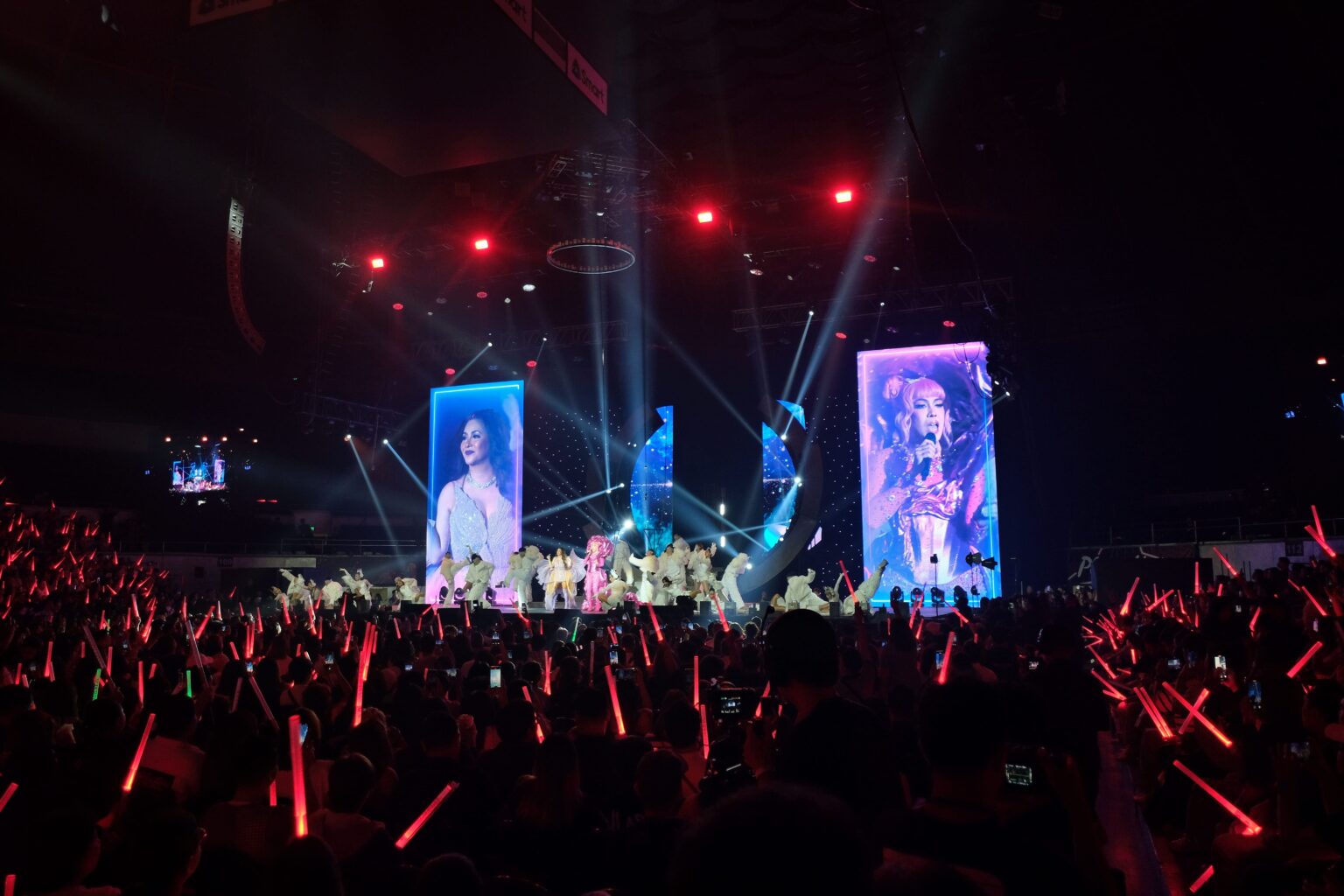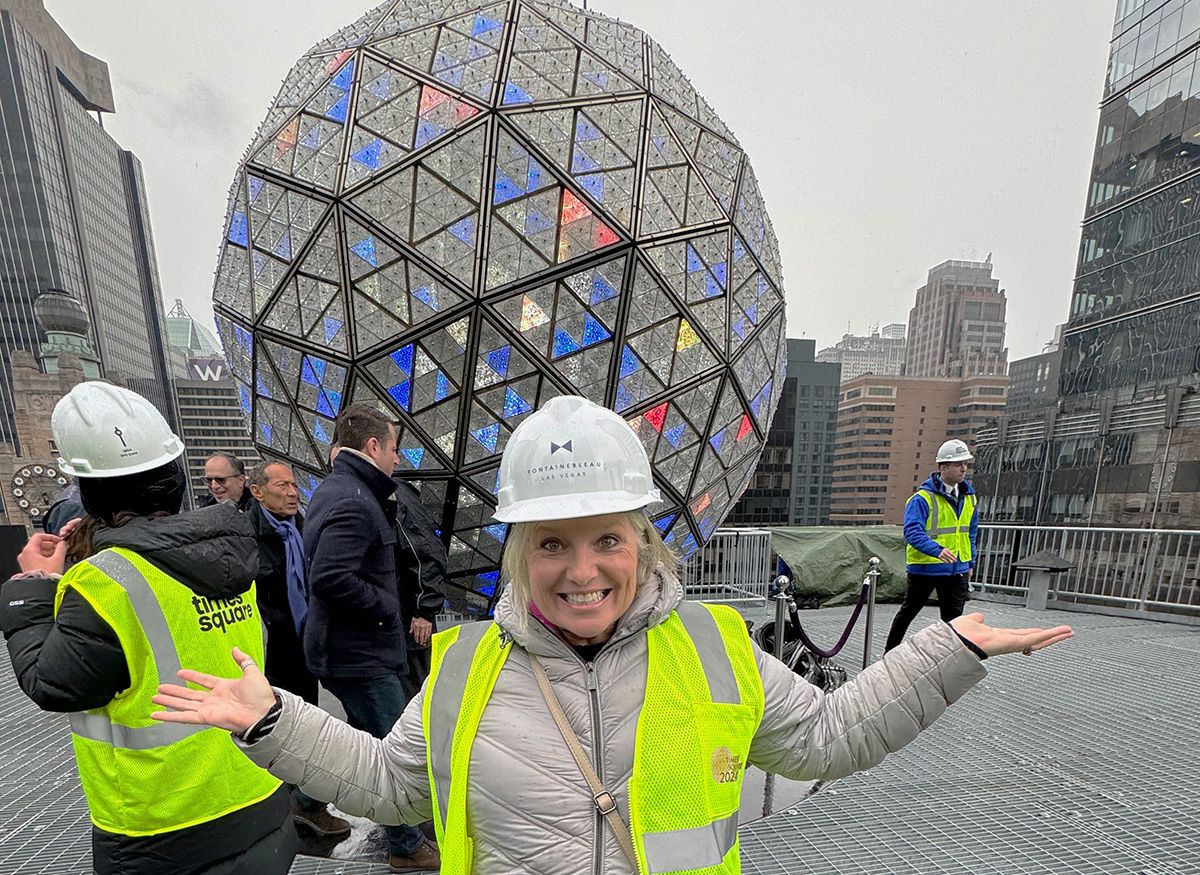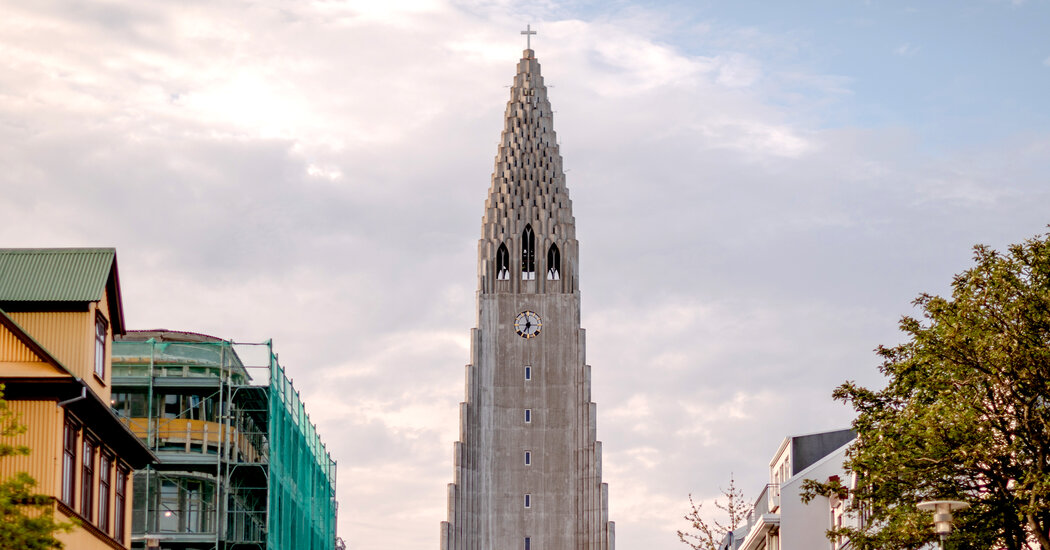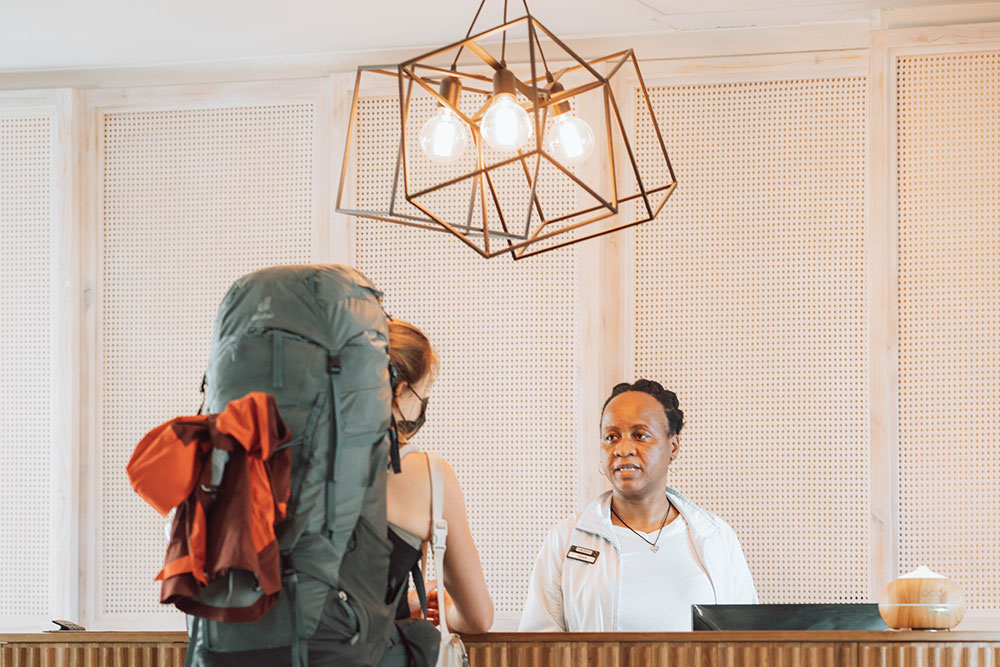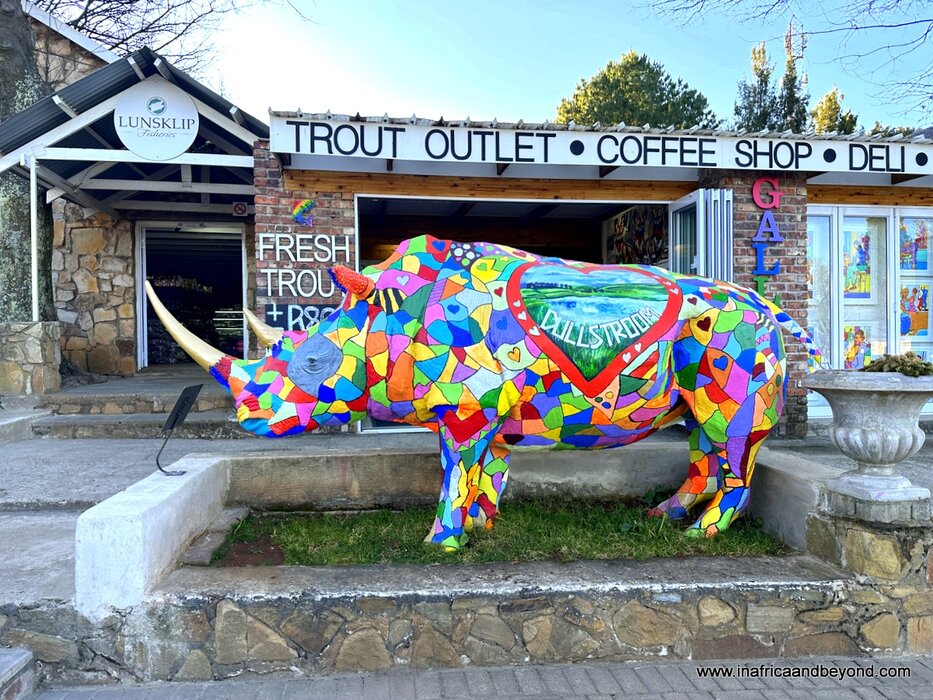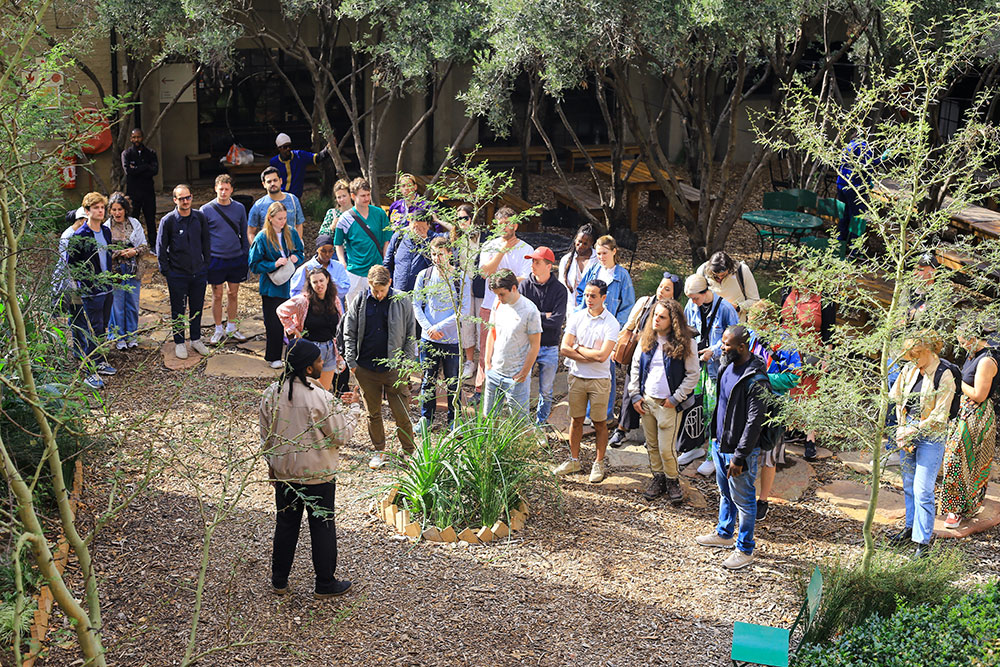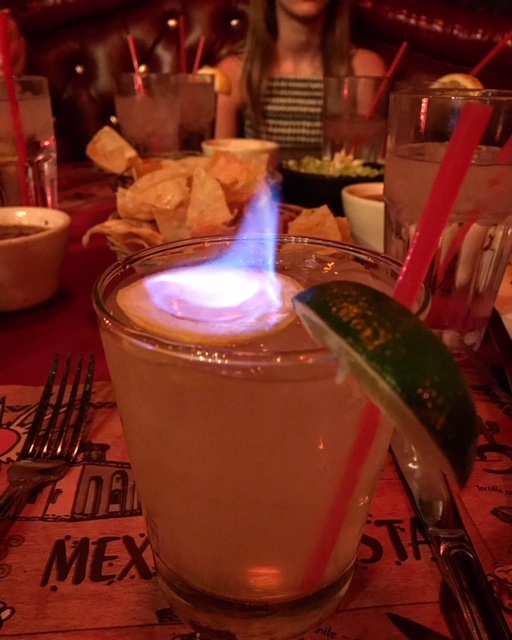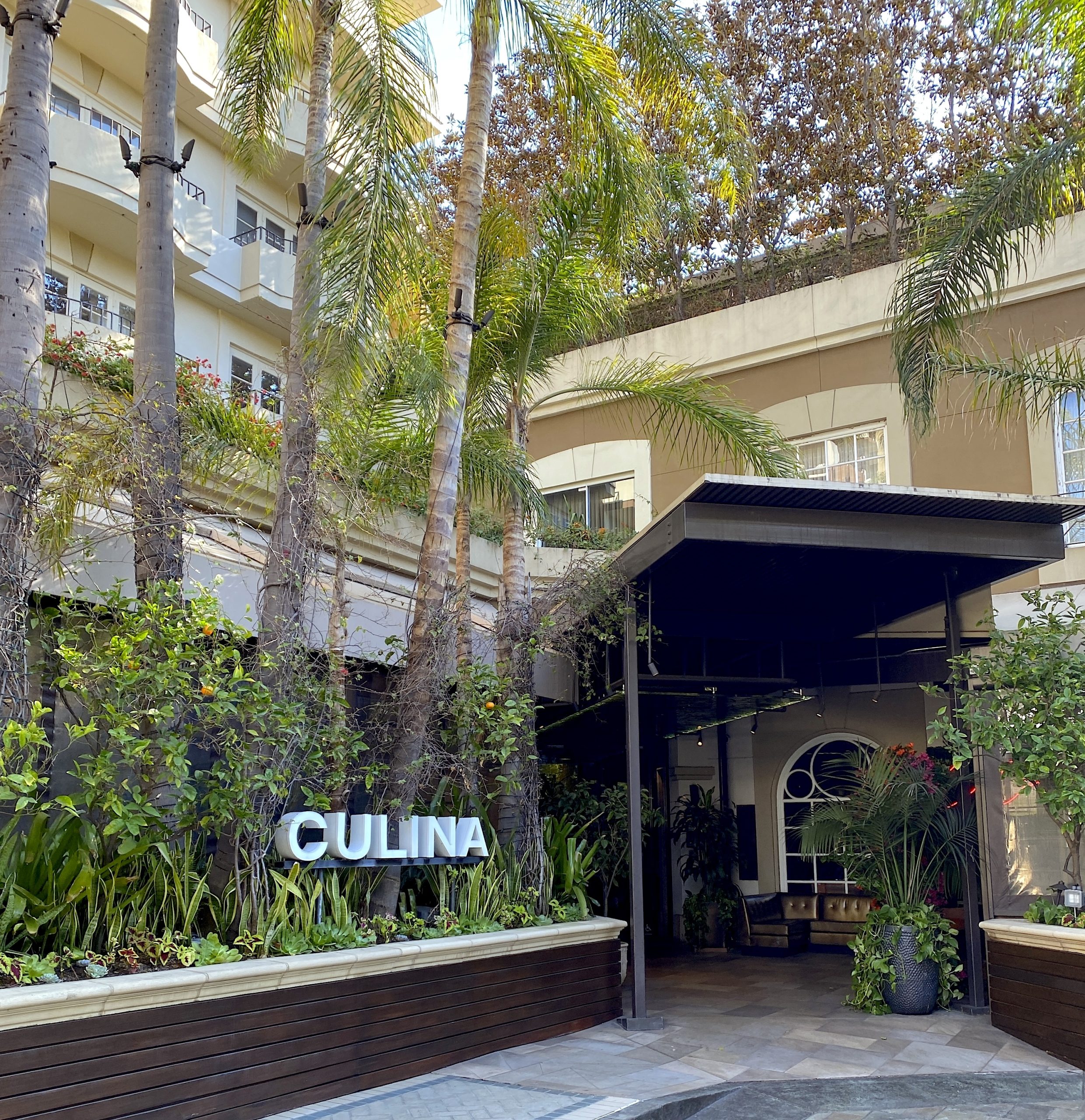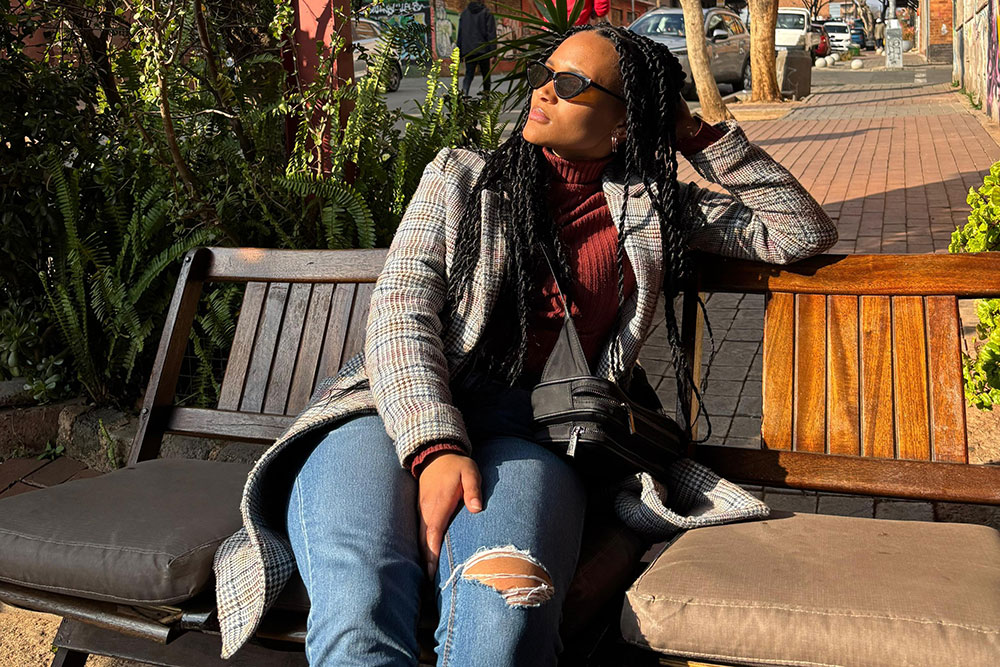
I started my day in the colourful streets of Maboneng at one of my favourite backpacker hotels, CURIOCITY where the staff greeted us with that warm, easy energy that makes you feel like you’ve walked into a family gathering you didn’t know you were invited to. And there was Tshepo, not holding brochures or rattling off the “top 10 tourist facts,” but standing there like a man who has lived these stories and can’t wait to hand them to you. He handed out context, and context changes everything.
We climbed into the van and headed towards Soweto. The early air was crisp, the kind that bites your cheeks just enough to wake you fully. As the city stretched out before us, Tshepo began to speak, not like a guide reciting facts, but like a griot, weaving threads of past and present into something alive.
Our first stop was Kliptown, where the Freedom Charter was adopted in 1955. The square stood quietly, yet the space still carried the whispers of thousands who once gathered to demand a different future. You could feel the quiet defiance in the air, the kind that says, we belong here, and we’re not moving. That day, they declared that South Africa belonged to all who lived in it, even when the law and the system screamed otherwise.
From there, we drove into Orlando West to the Hector Pieterson Museum. The walls don’t just tell you about 1976, they make you stand in it. The photographs aren’t just images; they’re wounds that haven’t fully closed.
Standing in front of the famous photo of Hector, small, lifeless, carried by Mbuyisa Makhubo with Antoinette running alongside, made that “history fact” from school suddenly human. He wasn’t just a boy in a picture. He was someone’s son, someone’s brother, someone’s friend. A child whose name would live on in schools and monuments because his life meant something, even if it wasn’t understood at the time.
Outside, Tshepo led us down the street where Hector was shot. The ground felt charged, as if it remembered. History wasn’t behind glass here. It was under our feet.
A few streets away stood Nelson Mandela’s house. Small. Red brick. Unassuming. Inside, it felt like stepping into a time capsule where family life and revolution lived side by side. This is where Winnie Mandela raised their children while the fight for freedom was planned and lived. Down the road, Archbishop Desmond Tutu’s house stood in quiet dignity, a reminder of another voice that refused to be silenced and together, they make Vilakazi Street the only street in the world where two Nobel Peace Prize winners have lived. A street that doesn’t just hold history, it wears it proudly.
By this point, we needed something grounding. Lunch was a feast of South African flavours: pap with rich gravy, chakalaka with just the right kick, meat kissed by open fire. It was the kind of food that fills more than your stomach, it wraps you in the comfort of being welcomed into someone’s home.
Our final stop was the Orlando Towers. Two enormous, brightly painted structures that once powered Johannesburg while Soweto stayed in the dark. Now, they’re a playground for bungee jumpers who don’t believe in staying on the ground. It’s impossible not to smile at how something once tied to inequality now carries both laughter and fear into the sky.

We ended the day back at CURIOCITY with cold drinks and easy conversation. That’s when it hit me: you can read about Soweto or scroll through a thousand photos, but until you stand in it, walk it, taste it, and hear it from someone like Tshepo, you don’t really know it.
If you’re going to go, go with people who love its heartbeat. Go with CURIOCITY and let the streets tell you their story.
Publisher: Source link
Latest Posts
-
31 July 2025
-
26 July 2025
-
14 July 2025
-
01 July 2025
-
07 August 2025
-
29 July 2025
-
20 February 2025
-
04 February 2025
Newsletter
Sign up for free and be the first to get notified about new posts.
Get The Best Blog Stories into Your icountox!
Sign up for free and be the first to get notified about new posts.

